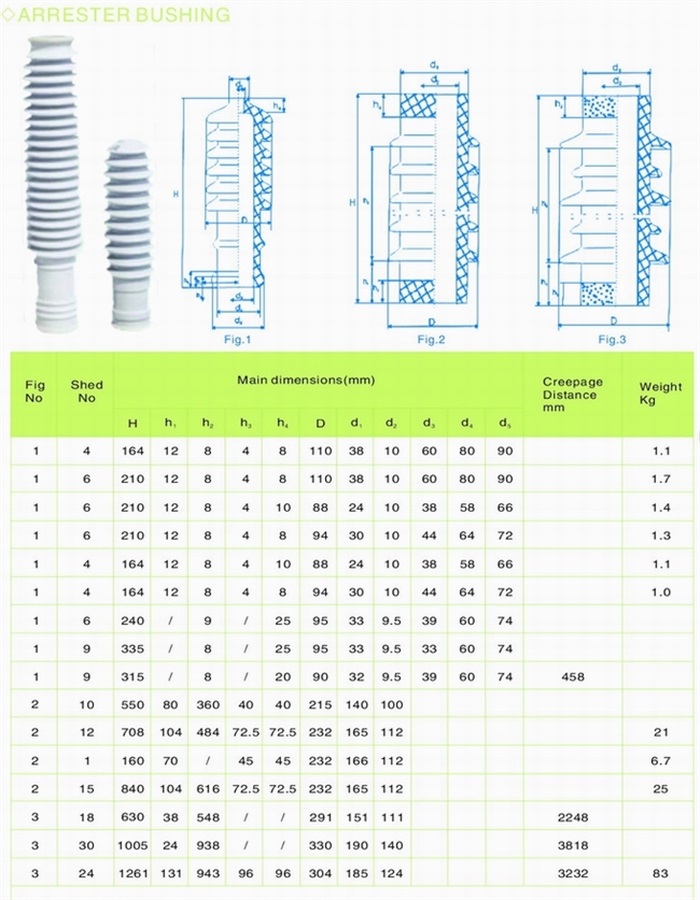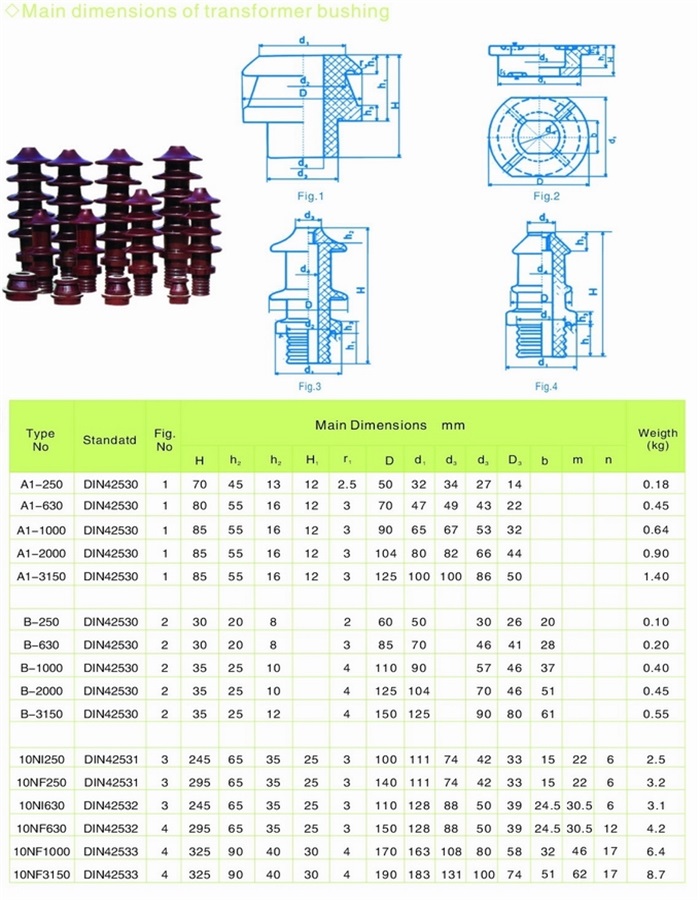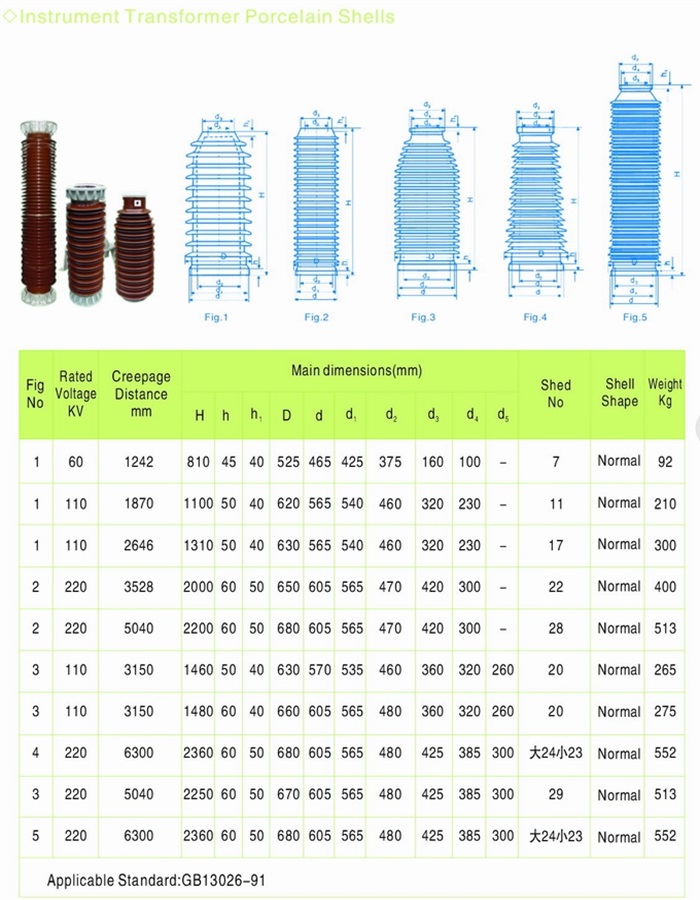I. Overview of ABS anti-lock braking system
This article refers to the address: http://
With the rapid development of the world automobile industry, safety has become an important basis for people to buy cars. The widely used anti-lock braking system (ABS) enables people to fully meet the safety requirements.
The car brake anti-lock system, referred to as ABS, is an important device to improve the passive safety of the car. Some people say that the brake anti-lock system is another major development after the car safety measures relay seat belt. The car brake system is one of the two most important systems in the car that are related to passenger safety. With the rapid development of the world automobile industry, the safety of automobiles has become more and more important. The car brake anti-lock system is another major advancement in improving the safety of car brakes.
The ABS anti-lock brake system is controlled by the car's microcomputer. When the car brakes, it keeps the wheels rotating, helping the driver to control the vehicle for safe parking. This anti-lock braking system uses a speed sensor to detect the wheel speed, and then transmits the wheel speed signal to the microcomputer. The microcomputer controls the wheel slip rate by repeatedly reducing or increasing the brake pressure on the wheel according to the input wheel speed. Keep the wheels turning. Keeping the wheels rotating during braking not only ensures the ability to control the direction of travel, but also provides higher braking power than most of the road conditions in the case of locked (locked) wheels.
ABS has three significant advantages over conventional hydraulic brake systems:
1. Vehicle Control - The driver of the vehicle equipped with ABS maintains a large degree of maneuver control during the emergency braking process. During the emergency braking process, the slip caused by the hydraulic brake of the standard causes the driver to lose control of the vehicle. The ABS restores stability and allows the driver to resume control of the vehicle.
2. Reducing the phenomenon of skidding - wet, smooth roads and locked vehicles, even in the form of a phenomenon known as the slippery phenomenon, when the driver of the vehicle is driving on a road surface with a layer of water and oil, it appears similar to the phenomenon of slippery . Since ABS reduces the chance of wheel lock, it also reduces the chance of slippage during braking.
3. Improved tire wear--Use ABS to prevent wheel lock and eliminate the possibility of flat spots on the tire during emergency braking.
Second, the development history of ABS
The development of the ABS system can be traced back to the beginning of this century. As early as 1928, the brake anti-lock theory was proposed. In the 1930s, the mechanical brake anti-lock system began to be applied on trains and airplanes. Bosch (BOSCH) In 1936, it was the first to obtain a patent for a brake anti-lock system that uses an electromagnetic wheel speed sensor to obtain wheel speed.
In the 1950s, the car brake anti-lock system began to receive more widespread attention. Ford (FORD) once moved the aircraft's brake anti-lock system to the Lincoln (LINCOIN) sedan in 1954. In 1957, KELSEHAYES braked the brake called "AUTOMATIC". The system has been tested and the results show that the brake anti-lock system can prevent the car from losing its directional control during braking and can shorten the braking distance. Chrysler (CHRYSLER) also called "SKIDCONTROL" during this period. The brake anti-lock system was tested experimentally. Since the various brake anti-lock systems of this period use the mechanical brake pressure adjusting device of the mechanical wheel speed sensor, the obtained wheel speed signal is not accurate enough, and the timing and accuracy of the brake pressure adjustment are accurate. It is also difficult to guarantee that the control effect is not ideal.
With the development of electronic technology, the development of electronically controlled brake anti-lock systems has become possible. In the late 1960s and early 1970s, some electronically controlled brake anti-lock systems began to enter the productization phase.
In 1968, Kelsey Hayes developed a two-wheel brake anti-lock system called "SURETRACK", which is controlled by an electronic control unit based on the rear wheel speed signal input by the electromagnetic speed sensor. The movement state of the rear wheel is determined, and the brake pressure of the rear brake wheel cylinder is adjusted by controlling the brake pressure regulator driven by the vacuum, and was equipped by Ford in Thunderbird (THUNDERBIRD) and Continental Mark in 1969. III (CONTINENTALMKIII) sedan.
Chrysler and BENDIX developed a system called "SURE-TRACK" that prevents four wheels from being braked. In 1971, it began to equip the IMPERIAL sedan. Its structural principle and Kay The "SURE-TRACK" of Erse Hayes is basically the same. The difference between the two is that there are anti-lock brakes for two or four wheels. Both Bosch and TEVES have developed their first generation of electronically controlled brake anti-lock systems during this period. These two anti-lock systems are set by electronic control devices on the brake pipe. The solenoid valve in the road is controlled to directly adjust the electronic control pressure of each brake wheel.
In 1971, BUICK developed a drive anti-cog system that automatically interrupts engine ignition by an electronic control unit to reduce engine output torque and prevent the wheels from slipping.
In electric power, Porcelain Bushing is an insulated device that allows an electrical conductor to pass safely through a grounded conducting barrier such as the case of a transformer or circuit breaker. Assortment of small Porcelain Insulator bushings for voltages from a few hundred to a few thousand volts. We offer a complete line of Transformer Porcelain Bushing and bushing assemblies for transformer, switchgear, capacitor and special power apparatus applications. High Voltage Bushing have several products: arrester bushing, capacitor bushing, transformer bushing, transformer porcelain shells.
Parameter




We warmly welcome friends both domestic and abroad to visit our company, if you have any questions, please contact with us directly.
Porcelain Bushing
Porcelain Bushing,High Voltage Bushing,Porcelain Insulator Bushing,Transformer Porcelain Bushing
FUZHOU SINGREE IMP.& EXP.CO.,LTD. , https://www.cninsulators.com